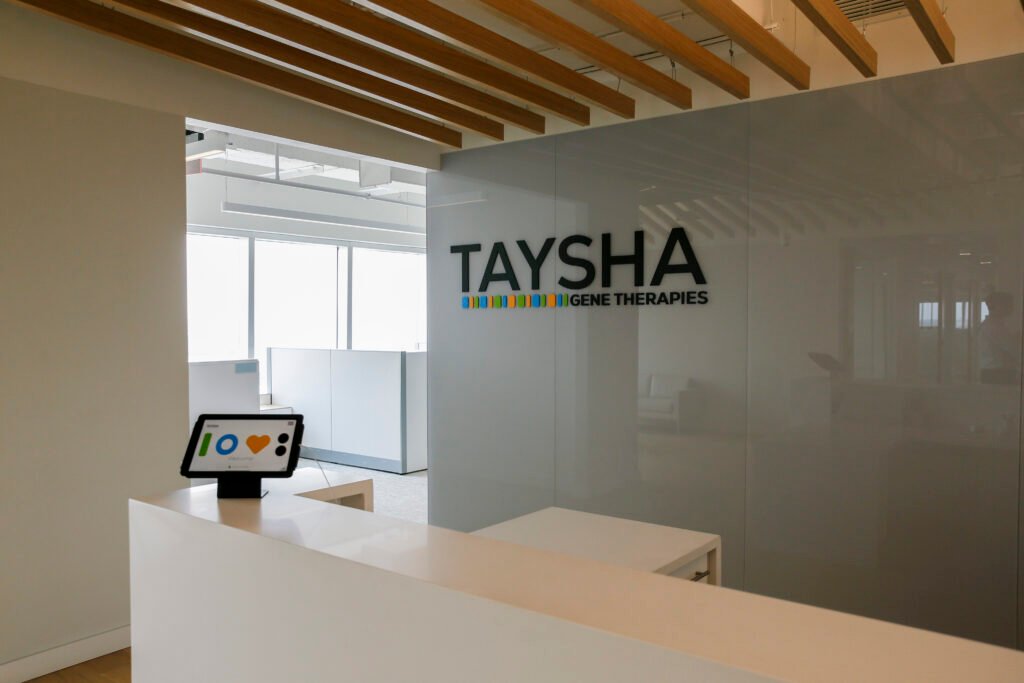In May 2025, a gene therapy for Rett syndrome has cleared major regulatory design review and is activating trial sites in its pivotal study—raising hopes for patients beyond early childhood
In May 2025, a gene therapy for Rett syndrome has cleared major regulatory design review and is activating trial sites in its pivotal study—raising hopes for patients beyond early childhood

Taysha Gene Therapies announced a key milestone in its clinical research programme for TSHA-102, a gene therapy aimed at treating Rett syndrome. The company has secured alignment with the U.S. Food and Drug Administration on central design elements for the REVEAL pivotal Part B trial, submitted an Investigational New Drug (IND) amendment and Clinical Trial Application amendment to Health Canada, and begun site activation. These steps bring the therapy closer to patients in the developmental plateau population, aged 6 to under 22 years – those unlikely to make new developmental gains under current treatments.
The trial is open label and single arm. Each participant will act as her own control. The key measure of success is the response rate, defined as the proportion of patients who gain or regain at least one developmental milestone in the domains of gross motor, fine motor, or communication. The trial draws on data from approximately 1,100 females in a natural history cohort to establish the baseline expectation that individuals in this age group have less than 6.7 percent spontaneous gain in those milestones. Video-based assessments evaluated by independent, blinded central raters will confirm gains.
Importantly, prior data from Part A of the REVEAL trial (Phase 1/2) in both adolescent and adult participants (ages roughly 6 to 21 years) showed a 100 percent response rate using the same milestone criteria. This suggests strong potential for efficacy in the pivotal trial.
Safety monitoring and endpoint assessments include standard clinician-rated scales such as the Revised Motor Behaviour Assessment and Clinician Global Impression – Improvement. The company expects a primary analysis at 12 months, with an interim look at 6 months.
Why this matters
Rett syndrome is a rare genetic neurological disorder that mostly affects girls, often causing loss of developmental skills, motor and communication challenges. Once patients reach a certain age, the chance of regaining lost milestones becomes very small. That is why TSHA-102’s focus on patients aged 6 to under 22 years, and its use of rigorous criteria to measure milestone gain, is so significant. If this pivotal trial demonstrates clinically meaningful improvement, it could redefine what later stage therapy means in Rett syndrome.
Also important is the regulatory feedback. Alignment with both the FDA and Health Canada on trial design reduces the risk of delays or unexpected changes. Many gene therapy trials have struggled with shifting regulatory expectations, so this progress signals a smoother path ahead.
Keep in touch with our news & offers